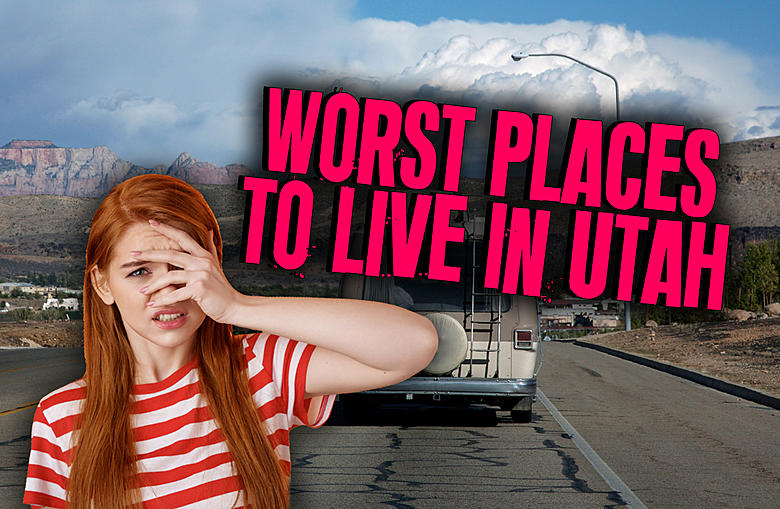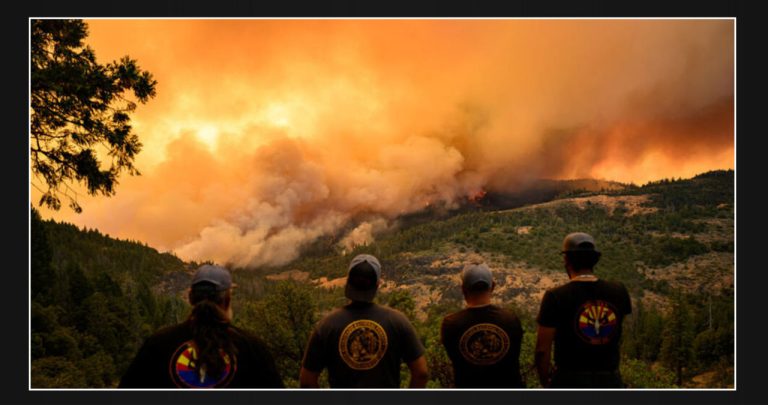Utah, known for its majestic landscapes, vibrant outdoor culture, and strong family values, often ranks high on “best places to live” lists. However, like any state, it has locations less desirable than others. This article delves into five Utah cities that might pose challenges for residents, considering factors like crime rates, cost of living, employment opportunities, and overall quality of life.
Important Note:
This article aims to provide a balanced perspective, acknowledging that “worst” is subjective. Factors affecting quality of life vary based on individual priorities. Some areas with drawbacks may have specific draws for certain people.
1. Methodology
To determine the rankings, this article considers a combination of factors:
- Cost of Living: Information from the Council for Community and Economic Research (C2ER) Cost of Living Index, housing market data, and statistics on necessities like groceries and utilities.
- Employment Opportunities: Unemployment rates, median household income, and job market analyses from the Bureau of Labor Statistics and local economic development sources.
- Quality of Life: Factors such as access to education, healthcare, amenities, and pollution levels.
2. South Salt Lake
- Location: A suburb directly south of Salt Lake City.
- Concerns:
- Higher crime rates: South Salt Lake consistently has higher property and violent crime rates compared to both the state and national averages.
- Cost of living: While slightly more affordable than central Salt Lake City, housing costs have been rising, putting pressure on residents.
- “In transition” feel: The city is undergoing redevelopment, creating a mix of old and new, potentially impacting the sense of community.
- Mitigating factors:
- Proximity to Salt Lake City: Offers access to job opportunities and the amenities of a larger city.
- Ongoing revitalization efforts: Could improve neighborhoods and address crime concerns over time.
3. Ogden
- Location: A major city north of Salt Lake City.
- Concerns:
- Elevated crime levels: Like South Salt Lake, Ogden experiences crime rates above state and national averages.
- Industrial past: Certain neighborhoods may still have environmental issues or less desirable aesthetics from years of industrial activity.
- Limited job growth: While the job market is diverse, some sectors may have less high-paying opportunities compared to other Utah areas.
- Mitigating factors:
- Affordability: Housing costs are generally lower than in Salt Lake City and surrounding suburbs.
- Outdoor access: Close proximity to Wasatch Mountains offers excellent recreational opportunities.
- Historic downtown: Revitalization efforts are creating a charming downtown area with shops and restaurants.
4. Roosevelt
- Location: Small city in northeastern Utah, center of the Uintah Basin.
- Concerns:
- Economic reliance on energy sector: The local economy heavily depends on oil and gas extraction, making it vulnerable to fluctuating energy prices.
- Isolation: Roosevelt is geographically distant from major urban centers, limiting access to amenities and job options.
- High poverty rate: Has a significantly higher poverty rate than the Utah average.
- Mitigating factors:
- Very low cost of living: Housing and essential goods are comparatively affordable.
- Strong outdoor culture: Surrounded by scenic landscapes, ideal for those prioritizing outdoor living.
- Tight-knit community feel: Provides a small-town atmosphere where neighbors know one another.
5. Tooele
- Location: City in Tooele County, west of Salt Lake City.
- Concerns:
- Heavy reliance on single employer: The U.S. Army’s Tooele Army Depot is a major employment driver, making the economy susceptible to government cutbacks.
- Environmental concerns: Historical mining and military activities have left some areas with pollution issues.
- Limited amenities: Smaller-town atmosphere offers fewer shopping, dining, and entertainment options compared to larger cities.
- Mitigating factors:
- Very affordable housing: Tooele boasts some of the lowest housing costs in the state.
- Proximity to outdoor recreation: Offers access to lakes, mountains, and desert landscapes for outdoor enthusiasts.
- Commuting potential: Within reasonable commuting distance to Salt Lake City for greater job opportunities.
Conclusion
It’s crucial to remember that every city has strengths and weaknesses. The “worst” places to live are highly dependent on individual needs and values. Here are some additional points to consider:
- Fluctuations over time: Crime rates, economic health, and a city’s overall atmosphere can change over the years.
- The importance of visiting: Online statistics provide valuable insight, but experiencing a place firsthand is essential for making an informed decision about living there.
- Smaller town positives: While having fewer amenities, smaller communities can offer lower housing costs, a slower pace of life, and a stronger sense of community than larger urban areas.
The Bottom Line: Deciding where to live is a complex decision. Utah offers a wide spectrum of cities and towns to fit diverse lifestyles. Thorough research, considering individual priorities, and visiting potential locations are essential steps towards finding the perfect place to call home.
Sources
- FBI Uniform Crime Report: https://ucr.fbi.gov/
- Council for Community and Economic Research Cost of Living Index: https://www.coli.org/
- Bureau of Labor Statistics: https://www.bls.gov/



